10 Money-Saving Hacks You’ve Never Heard Of
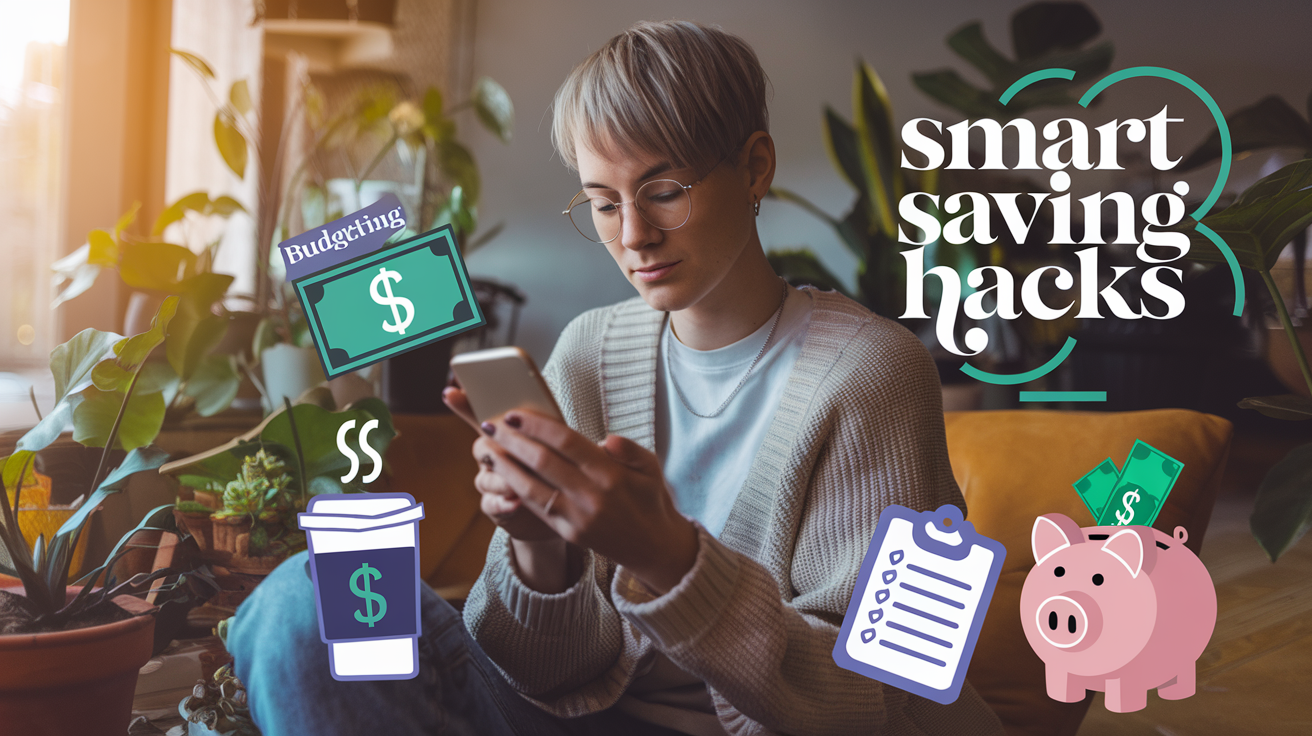
You’re staring at your bank account wondering where that last paycheck went. Again. Join the club – 76% of Americans are living paycheck to paycheck right now.
But what if I told you the real money-saving tricks aren’t the obvious “make coffee at home” advice you’ve heard a million times? The best unconventional money-saving hacks are hiding in plain sight.
I’ve spent five years experimenting with weird money-saving techniques that actually work. Some saved me a few bucks. Others literally changed my financial life.
The best part? These unusual money-saving hacks don’t require you to eat ramen for dinner or cancel your streaming services.
Ready to discover why some people never worry about money while the rest of us scramble? The first hack alone saved me $432 last month.
Swapping in-person workouts for at-home fitness

Skip the Expensive Gym Membership
Gym memberships can drain your bank account faster than a leaky faucet. The average monthly fee runs between $40-$100, and that’s not counting initiation fees, annual charges, or those fancy protein smoothies you buy after every workout.
But here’s the truth: your body doesn’t know the difference between a $2,000 treadmill and your neighborhood sidewalk.
DIY Fitness That Actually Works
You know what’s free? YouTube. The platform is packed with thousands of high-quality workout videos for every fitness level. From yoga to HIIT to dance cardio – you name it, YouTube’s got it.
Equipment on the Cheap
Don’t rush to buy expensive equipment. Start with:
- Water bottles as weights
- A towel instead of a yoga mat
- A sturdy chair for step-ups and tricep dips
- Resistance bands (under $15 for a set)
Track Your Savings
Let’s do the math:
- Average gym membership: $60/month
- Basic home setup (one-time): $50
- Monthly savings: $60
- Yearly savings: $720
That’s a weekend getaway or a significant chunk toward paying down debt.
The kicker? People who work out at home often exercise more consistently because there’s zero commute time and no waiting for equipment. Your wallet gets fatter while you get fitter!
Combing through my subscriptions and canceling ones that no longer serve me

The Subscription Creep Problem
We’ve all been there. You sign up for that 7-day free trial, forget about it, and six months later wonder why your bank account keeps shrinking. Subscription services are the silent money drainers of the modern world.
The average American spends $219 monthly on subscriptions—and the kicker? Most people think they’re only spending about $86. That’s a whopping $133 disconnect between perception and reality.
How to Hunt Down Your Subscriptions
First, grab your bank and credit card statements from the last three months. Circle every recurring charge. You’ll probably find at least 2-3 services you completely forgot about.
Another trick? Use apps like Truebill or Rocket Money that scan your accounts and list all your subscriptions in one place. They’ll even help you cancel the ones you don’t want.
The “Spark Joy” Test for Subscriptions
Ask yourself these questions for each subscription:
- When was the last time I actually used this?
- If I had to sign up again today, would I?
- Am I keeping this out of habit or actual value?
I recently did this and found I was paying for three different streaming services I barely watched, two cloud storage solutions when I only needed one, and a meal planning app I hadn’t opened in months. Cutting these saved me $78 monthly—that’s $936 a year!
Schedule Quarterly Subscription Audits
Mark your calendar. Every three months, take 30 minutes to review what you’re paying for. Services counting on your forgetfulness hate this simple hack.
Making coffee at home
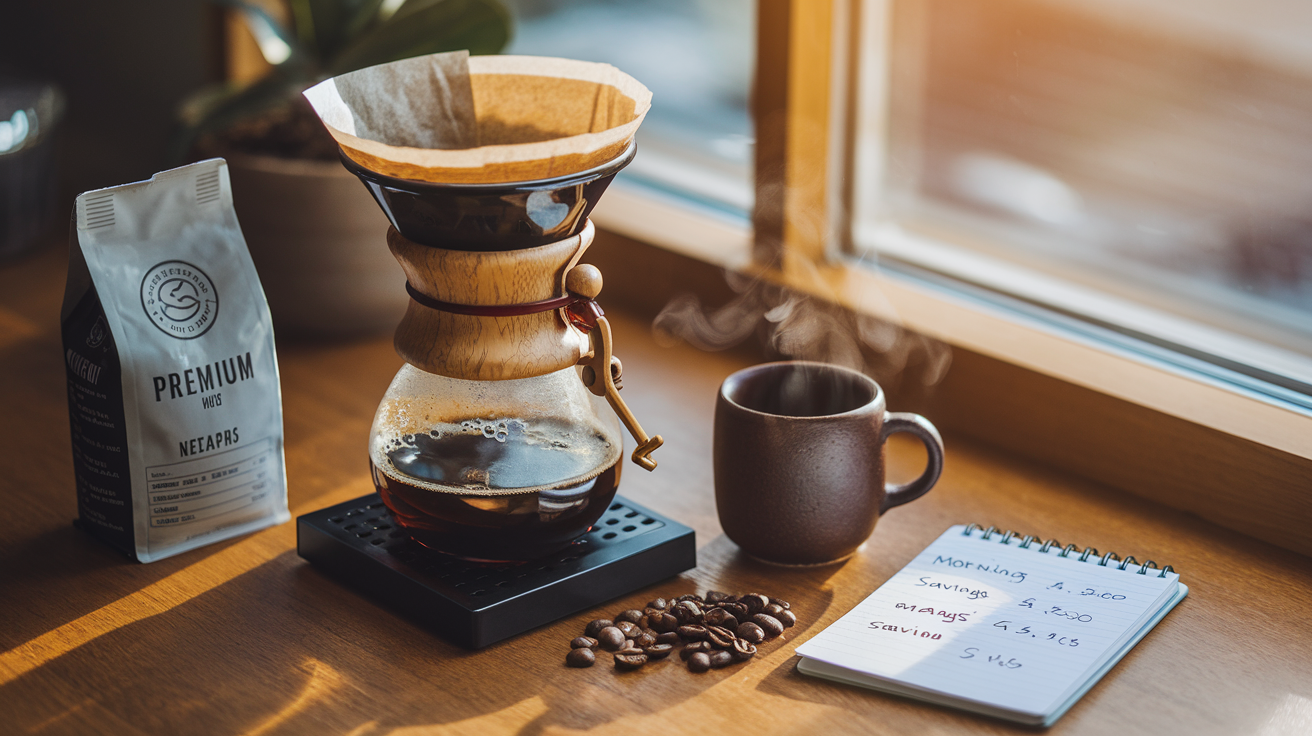
Ever calculated how much those daily coffee runs are costing you? It’s probably more than you think.
The True Cost of Your Coffee Habit
A single coffee shop latte costs around $4-5. Multiply that by 20 workdays a month and you’re spending $80-100 monthly just on coffee. That’s over $1,000 a year!
But here’s the kicker – making coffee at home costs roughly $0.25-0.50 per cup. Switching could save you nearly $950 annually.
Brewing Like a Pro Without Barista Prices
You don’t need fancy equipment to make great coffee. Start with:
- A French press ($20-30)
- A simple pour-over setup ($15-25)
- A basic drip machine ($25-40)
Even an upfront investment in a nice espresso machine ($200-300) pays for itself within months.
Level Up Your Home Coffee Game
Want that coffee shop feel without the price tag?
- Buy whole beans and grind them fresh
- Use filtered water for better taste
- Invest in a milk frother ($10-20)
- Experiment with syrups you make yourself
The money you’ll save is obvious, but there’s another benefit most people miss – you’ll actually gain time. Think about it. No more standing in lines or driving to the coffee shop. That’s an extra 15-20 minutes back in your day.
Taking public transit instead of Ubering everywhere

Rideshare apps have made getting around crazy convenient, but you’re basically paying someone else’s car payment. The average Uber ride costs between $15-25, while public transit? Usually under $3. Think about that difference on a daily commute.
I used to Uber everywhere – work, happy hour, weekend errands. My monthly transportation bill? A shocking $600. When I switched to public transit, it dropped to $90. That’s real money back in my pocket.
Benefits Beyond Your Wallet
Public transit isn’t just cheaper – it’s often faster during rush hour when dedicated bus lanes zip past gridlocked traffic. Plus, you get bonus time to:
- Catch up on reading
- Answer emails before arriving at work
- Zone out with podcasts
- People-watch (the ultimate free entertainment)
Smart Transit Strategies
Download transit apps like Citymapper or Transit that show real-time arrivals. Nothing worse than missing a bus by 30 seconds and waiting another 20 minutes.
For occasional Uber needs, use this hack: walk a few blocks away from surge pricing zones (like downtown areas or stadiums after events). Prices can drop 30-40% just by walking 5 minutes in a different direction.
Transit passes offer massive discounts compared to individual fares. Many employers even offer pre-tax transit benefits – essentially giving you a 30% discount on already cheap transportation.
Try the monthly challenge: track what you’d spend on rideshares vs. what you actually spend on public transit. The difference will convince you to stick with it.
Date nights at home

Candlelit Dinners Without Breaking the Bank
Think dinner dates mean expensive restaurants and overpriced wine? Not anymore. Creating romantic date nights at home can save you $50-100 per date while actually improving your connection.
Grab some candles (those half-used ones from your drawer work perfectly), dim the lights, and boom—instant ambiance. No need for fancy decorations when simple mood lighting does the trick.
The food doesn’t need to be complicated either. Try making a dish you’ve never attempted before together—it might be a disaster, but you’ll laugh about it for years. One of my favorite budget date nights involved attempting homemade sushi that completely fell apart. We ended up eating “deconstructed rolls” while sitting on our kitchen floor.
DIY Entertainment Options
Skip the $15 movie tickets and create your own entertainment:
- Host a living room dance party with a playlist of songs from when you first met
- Set up a blanket fort and watch movies you’ve already paid for on streaming services
- Try a couples’ game night with cards you already own
- Take turns reading chapters from a book aloud to each other
Make It Special Without the Splurge
What makes commercial date nights expensive isn’t the core experience—it’s the markup. The truth is, meaningful connection doesn’t require spending. Some couples report feeling more relaxed and present during at-home dates compared to restaurant outings where they’re constantly checking the mounting bill.
Thrifting for fall fashion items

The Fall Thrift Treasure Hunt
Fall fashion doesn’t have to break the bank. While everyone’s rushing to retail stores for those cozy sweaters and boots, you could be scoring the same items for a fraction of the cost.
The secret? Thrift stores stock up on seasonal donations right before the season hits. That means August and early September are goldmines for finding fall clothing items that people cleared out of their closets during summer cleaning.
Look for these fall fashion gems at thrift stores:
- Chunky knit sweaters ($5-15 vs. $40-60 retail)
- Leather and suede jackets ($15-30 vs. $100+ retail)
- Scarves and accessories ($1-5 vs. $15-25 retail)
- Brand-name boots ($10-25 vs. $80-200 retail)
Thrift Like a Pro
Don’t just wander in randomly. Hit thrift stores in affluent neighborhoods where high-quality donations are common. Many wealthy folks donate barely-worn designer items.
Pro tip: Check thrift store social media accounts for special sale days. Many offer color tag discounts certain days of the week, letting you stack even more savings.
Beyond Traditional Thrifting
The thrifting world has evolved. Try these alternatives:
- Online thrift platforms like ThredUp and Poshmark
- Local buy/sell/trade Facebook groups
- Clothing swap parties with friends (free!)
- Estate sales (often overlooked goldmines for vintage fashion)
Remember to wash everything thoroughly before wearing. A $5 sweater plus $2 in laundry costs is still way better than paying $50+ for new.
Setting up auto-pay to avoid late fees
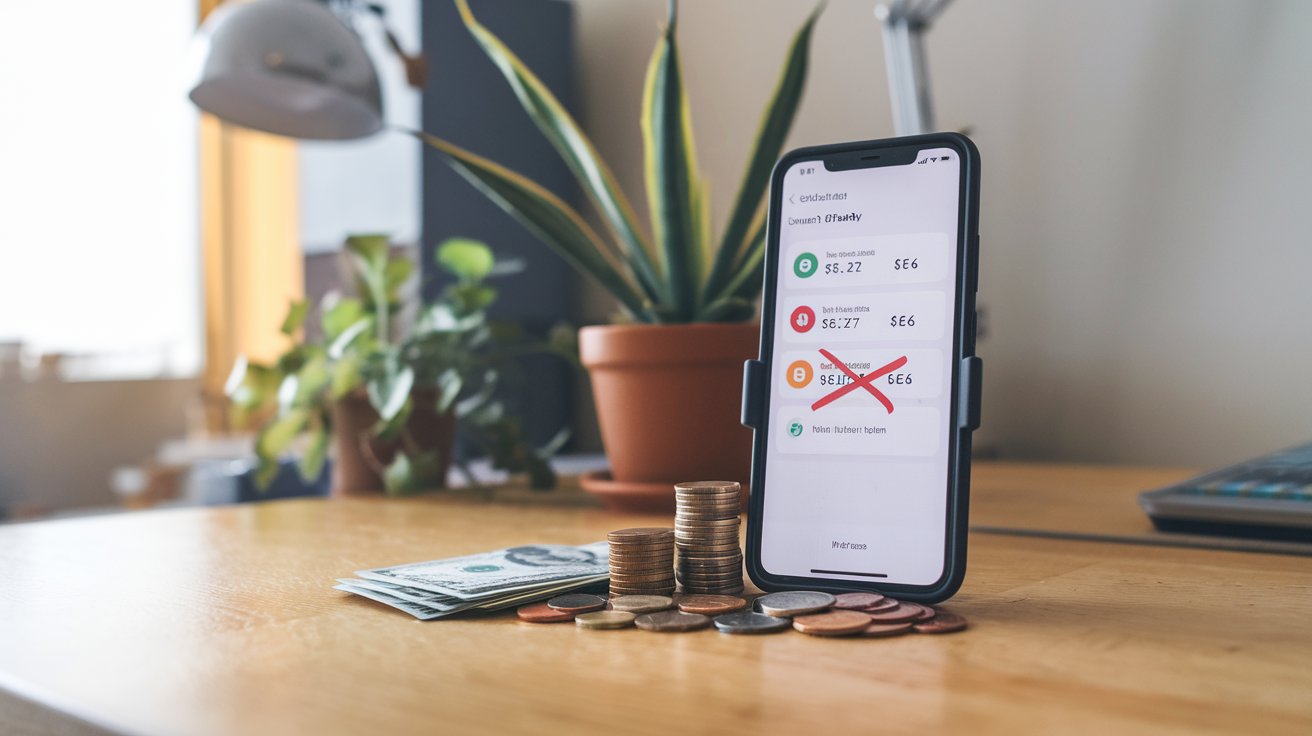
Late fees are sneaky money-grabbers that can add up fast. We’re all busy, and sometimes bill due dates slip our minds. That’s where auto-pay comes in – a true money-saving hack that many people overlook.
Why Auto-Pay Is Your Financial BFF
Auto-pay is exactly what it sounds like: you set up automatic payments for your bills so you never miss a deadline. Most banks, credit card companies, utilities, and subscription services offer this option.
The math is simple: A typical late fee ranges from $25-$40 per occurrence. If you’re late on just three bills in a year, that’s easily $75-$120 down the drain. Money that could’ve been in your pocket!
Setting Up Auto-Pay (It’s Easier Than You Think)
- Log into your account for each bill
- Look for “payment options” or “auto-pay”
- Link your bank account or credit card
- Choose your payment date (tip: align with your paydays)
- Select whether to pay the minimum, statement balance, or a fixed amount
Pro Tips for Auto-Pay Success
Don’t just set it and forget it. Keep enough money in your account to cover those automatic withdrawals. Schedule a monthly 15-minute “bill check” on your calendar to review what’s coming out and when.
For variable bills like utilities, consider setting up auto-pay for the minimum amount due, then manually pay any extra when your budget allows.
This five-minute setup per account could save you hundreds over the year. Who wouldn’t want free money?
Buying groceries online so that I stick to my meal plan

Here’s a secret I wish I’d known years ago – shopping for groceries online is a game-changer for your wallet.
I used to wander aimlessly through grocery store aisles, grabbing whatever caught my eye. The result? A cart full of stuff I didn’t need and a bill that made me wince every time.
Online grocery shopping fixes this problem beautifully. When you order groceries from your laptop or phone, you can:
- See your total adding up in real-time (no nasty surprises at checkout)
- Easily compare prices between brands
- Skip the impulse buys strategically placed at eye level
- Search specifically for what’s on your meal plan
- Use digital coupons without the hassle of clipping
The best part? You can remove items from your cart if you notice your total climbing too high. Try doing that when you’re already in the checkout line with a cashier scanning your items!
Many online grocery services offer free pickup, so you’re not adding delivery fees to your total. And the time you save? That’s money too.
I’ve personally cut my grocery spending by nearly 25% since switching to online ordering with pickup. My meal plan actually works now because I’m not distracted by cookies I never intended to buy in the first place.
Practicing the 3-day rule for “adding to cart”

Ever found yourself with a cart full of “must-haves” only to wonder later why you bought half of them? That’s where the 3-day rule comes in, and it’s a game-changer for your wallet.
The concept is dead simple: when you spot something you want to buy online, don’t hit that checkout button immediately. Add it to your cart, then walk away for three days. Just close the tab and go live your life.
Why does this work so well? Because most impulse purchases are exactly that—impulses. A study by Princeton found that 86% of people admit to making impulse buys, and almost half regret them later.
After three days, one of three things will happen:
- You’ll completely forget about the item (proof you didn’t need it)
- You’ll still want it but realize it’s not a priority right now
- You’ll confirm it’s something you genuinely need or want
I tried this with a $89 sweater last month. By day three, I couldn’t even remember what color I’d picked. Money saved: $89.
The best part? Many online retailers will send you a “Don’t forget your cart!” discount code when they notice you haven’t completed your purchase. So sometimes, the 3-day rule not only prevents unnecessary spending but actually scores you a discount on items you genuinely need.
Downloading a budgeting app
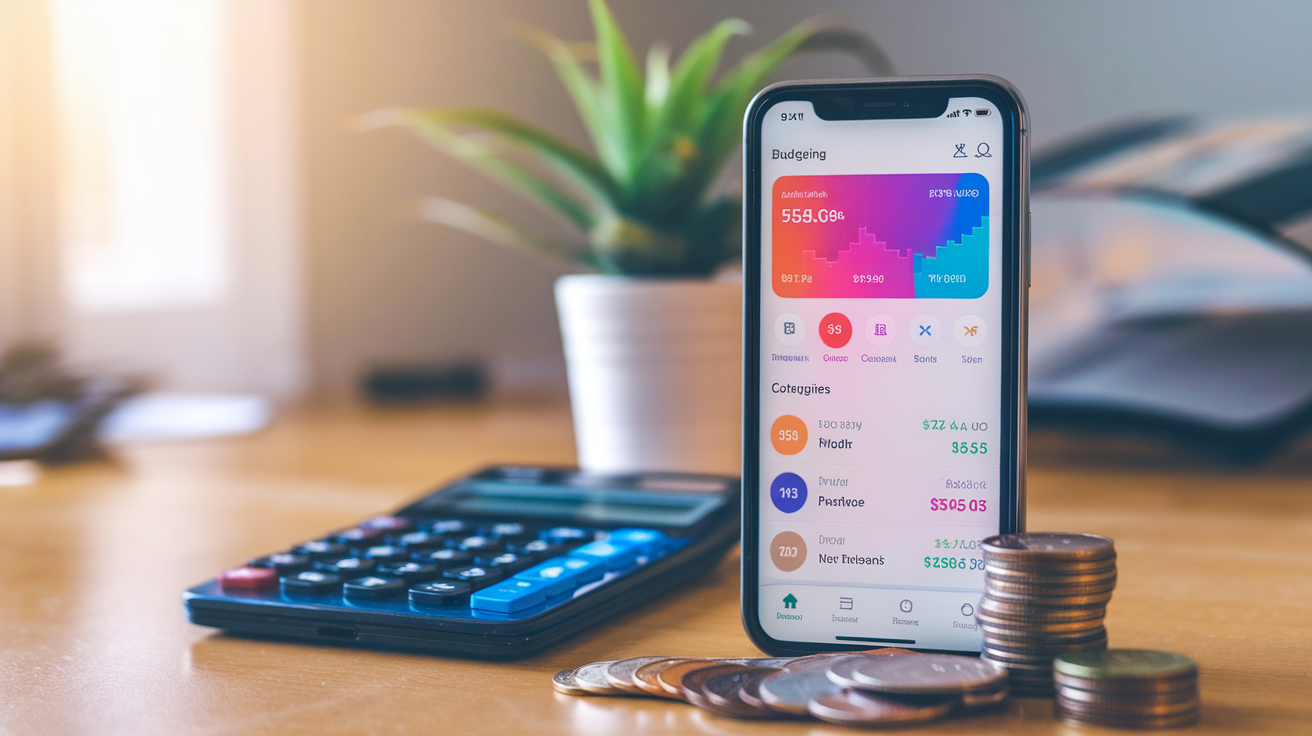
Ever wondered why your money seems to vanish despite your best intentions? Most people track expenses mentally (spoiler: we’re terrible at it) or use outdated methods like spreadsheets.
Why a Budgeting App Changes Everything
Budgeting apps are game-changers because they do the heavy lifting for you. They connect to your accounts, categorize expenses automatically, and show exactly where your cash is flowing – often in eye-opening graphs that make patterns crystal clear.
Think you’re only spending $50 a month on coffee? Your budgeting app might reveal it’s actually $150. That’s an extra $1,200 a year you could be saving!
Best Apps to Try
Not all budgeting apps are created equal. Some standouts include:
- Mint: Free and comprehensive. Great for beginners.
- YNAB (You Need A Budget): Perfect if you’re serious about changing habits. Their philosophy: give every dollar a job.
- PocketGuard: Focuses on what’s “safe to spend” after bills and goals.
- Goodbudget: Uses a digital envelope system that works well for couples.
The Real Secret
The magic isn’t just installing the app – it’s checking it regularly. Users who check their budgeting app 2-3 times weekly save an average of 15% more than those who don’t.
The best part? Most of these apps highlight subscription services you forgot about. Finding just one unused $10/month subscription pays for a premium version of the app itself!
Log In
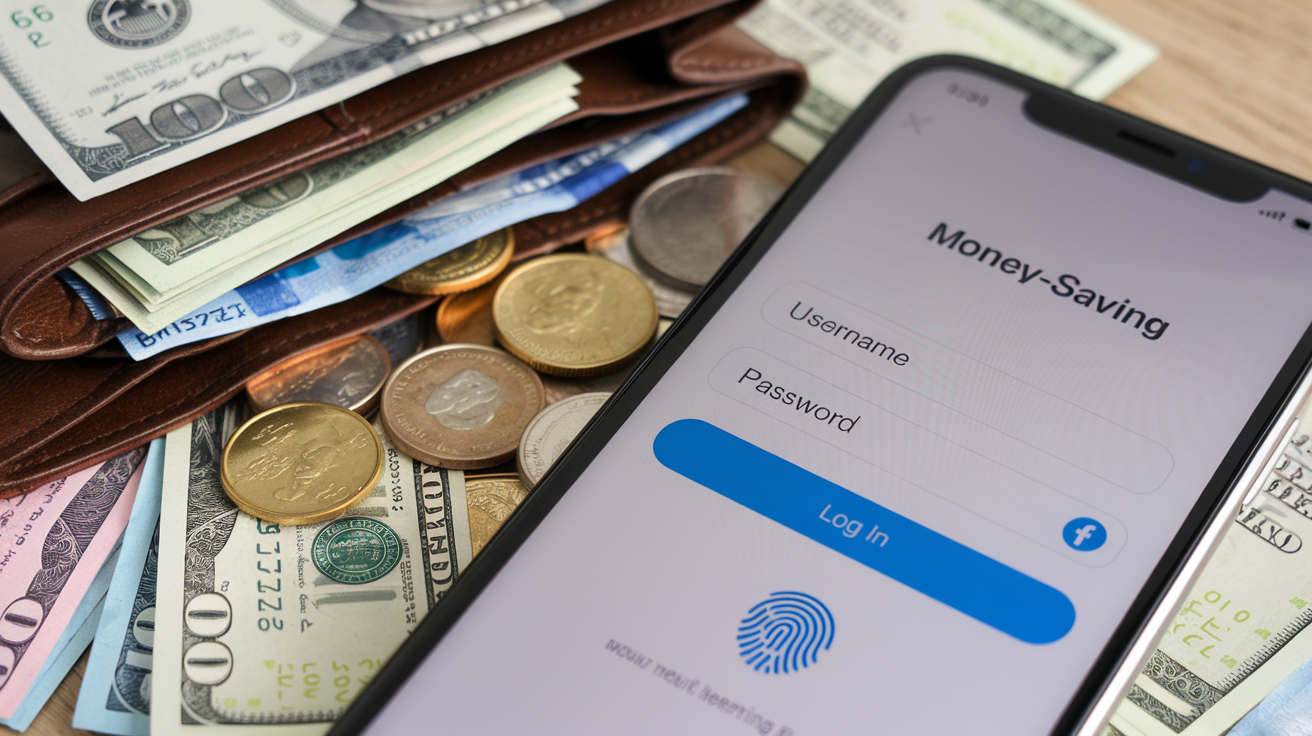
So you think you need to sign up for multiple accounts to snag the best deals? Think again.
The Login Loophole
Ever noticed how many sites bombard new visitors with pop-ups offering 10% off your first purchase? That’s not an accident. They’re desperate for your email address.
Here’s the hack: Just about every online retailer offers a discount for new customers. When you’re about to make a purchase, open an incognito browser window, go to the site, and wait for that sweet discount offer to appear.
No pop-up? Try adding something to your cart and then “abandoning” it. Many sites will email you a discount code within 24 hours to tempt you back.
The Guest Checkout Trick
Don’t feel like creating yet another account? Most sites let you check out as a guest. But here’s what they don’t tell you – guest checkouts often qualify for the same new customer discounts without the hassle of remembering another password.
The Forgotten Password Goldmine
Already have an account but want that new customer discount? Try the “forgot password” route. Many retailers reset your customer status during password recovery, triggering those juicy welcome offers all over again.
The best part? This method works repeatedly on many sites. I saved $78 last month just by strategically “forgetting” my passwords on my favorite shopping sites.
Create Account
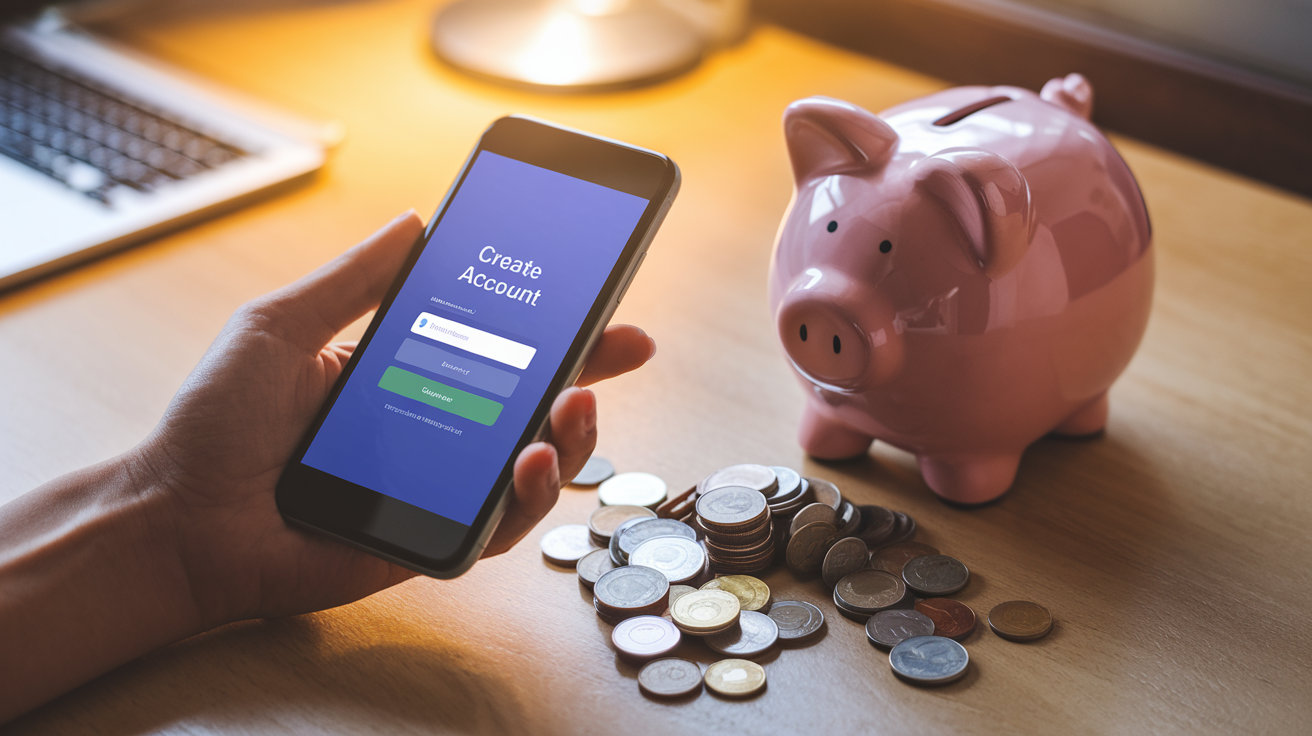
Why Setting Up Accounts Can Save You Money
Ever noticed how companies roll out the red carpet for new customers? They’re practically throwing discounts at first-time buyers while loyal customers get… well, nothing special.
Here’s the hack: Create multiple accounts across different platforms to continuously snag those sweet newcomer deals.
Email Aliases for Multiple Sign-ups
Most companies can’t tell the difference between youremail@gmail.com and your.email@gmail.com – Gmail treats them as identical, but websites see them as different accounts. Smart, right?
Try these variations:
- Add periods: john.doe@gmail.com, j.ohndoe@gmail.com
- Add a plus sign: johndoe+amazon@gmail.com, johndoe+target@gmail.com
Rotation Strategy
Got a favorite food delivery service? Create 3-4 accounts and rotate through them monthly. When you’ve used all accounts, circle back to the first one – by then, they’ll likely send you a “we miss you” discount.
Anonymous Payment Methods
Pair your multiple accounts with:
- Virtual credit cards (Privacy.com lets you create unlimited burners)
- Prepaid gift cards
- Different PayPal accounts
The Ethics Question
Is this sketchy? Maybe a little. But companies build these promotional strategies knowing full well people game the system. They’ve calculated that the customer acquisition cost is worth it.
Just don’t go overboard. Companies sometimes track IP addresses and shipping info for suspicious activity.

Getting your finances in check doesn’t have to mean massive lifestyle changes. These ten money-saving hacks offer practical ways to reduce expenses while maintaining the quality of life you enjoy. From simple switches like brewing coffee at home and embracing thrifting, to smarter habits like the 3-day shopping rule and setting up auto-pay, each strategy helps build sustainable financial habits.
Remember that saving money is a journey, not a destination. Start by implementing one or two of these hacks this week and gradually add more as they become part of your routine. The small changes you make today can lead to significant savings over time, giving you greater financial freedom and peace of mind. Which money-saving hack will you try first?
